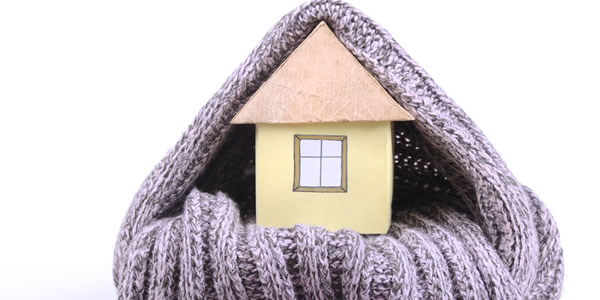5 Tips For Winterizing Your Home
Try as you may to ignore it, winter weather in Ontario is putting your home’s energy system to the test.
“Bitter cold temperatures may not be universally welcomed,” says Bob Betts, a spokesperson for the Ontario Natural Gas Alliance. “But homeowners should consider the seasonal change as a good opportunity to think of ways they can keep their home’s energy use in check and performing at an optimal rate.”
The very low natural gas energy prices that we are seeing now can make us complacent and cause us to forget that there are further savings that can be achieved through simple conservation. Betts says keeping just a couple tips in mind can help homeowners save their hard-earned dollars on heating bills this winter by reducing their consumption levels.
1. Furnace Fitness
Think of winter as your annual time to do a check on your furnace, says Betts, who adds that considering a two-stage natural gas furnace is a great way to save. “Two-stage furnaces are smarter because they use less energy to heat your home, automatically using less gas until it determines that 100 per cent of its capacity is needed to maintain the desired temperature. That might only happen a few times each winter, meaning that you effectively are using a smaller furnace for the remainder of the winter.”
2. Let The Sun Shine In
During daylight hours, pull the curtains back and let the sunshine heat your home. Says Betts: “It’s free energy that you can take advantage of to prevent your furnace from coming on as often.”
3. Dial It Down If You’re Not Around
Lower your thermostat during the hours that you may not be home and save up to six per cent on the average bill, Betts says.
4. Install a natural gas fireplace
It may not have the same nostalgia as a wood-fired fireplace, but when it’s freezing outside, nothing beats the ability to flick a switch and feel the warmth, Betts says. “And there’s no need to get hands dirty with chimney dampers and ashes.” Gas fireplaces are proven to be much safer that wood fireplaces and most models can operate when the power goes off, providing emergency heat in prolonged electricity outages.
5. Pipe check 1-2
Betts says that if you’re away from the home for an extended period of time during the winter, as snowbirds tend to be, it’s worth considering wrapping pipes with pre-molded insulation found at most hardware stores. “Aside from the inconvenience, a burst pipe can be expensive to fix. In the event of unexpected temperature issues inside your home, investing in pipe insulation is a cost-effective way to achieve some peace of mind.”
Courtesy: Homeservice Club

